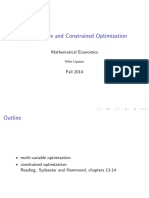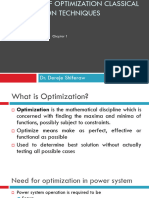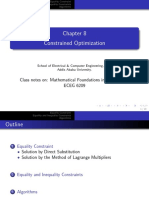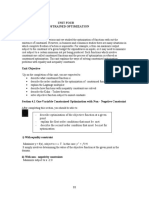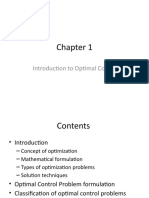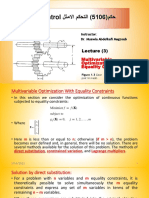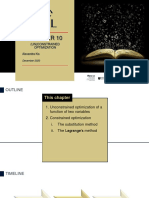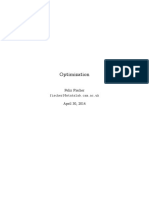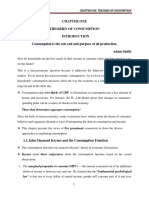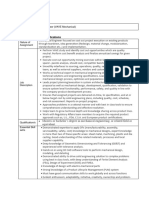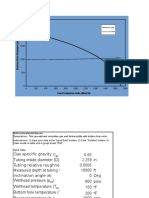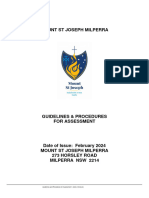0% found this document useful (0 votes)
159 views53 pagesConstrained Optimization Basics
The document discusses constrained optimization problems where the objective function is optimized subject to certain constraints. It covers one-variable and two-variable problems with equality constraints and addresses them using techniques like Lagrange multipliers and the elimination method. It also discusses problems with multiple constraints and evaluating second-order conditions.
Uploaded by
ewlakachewCopyright
© © All Rights Reserved
We take content rights seriously. If you suspect this is your content, claim it here.
Available Formats
Download as PDF, TXT or read online on Scribd
0% found this document useful (0 votes)
159 views53 pagesConstrained Optimization Basics
The document discusses constrained optimization problems where the objective function is optimized subject to certain constraints. It covers one-variable and two-variable problems with equality constraints and addresses them using techniques like Lagrange multipliers and the elimination method. It also discusses problems with multiple constraints and evaluating second-order conditions.
Uploaded by
ewlakachewCopyright
© © All Rights Reserved
We take content rights seriously. If you suspect this is your content, claim it here.
Available Formats
Download as PDF, TXT or read online on Scribd
/ 53





